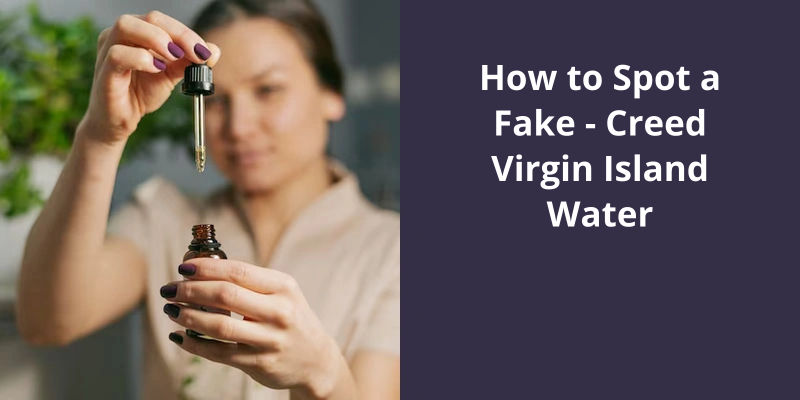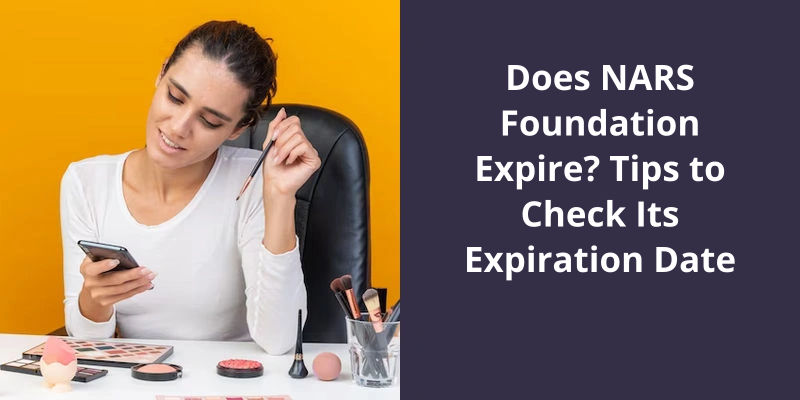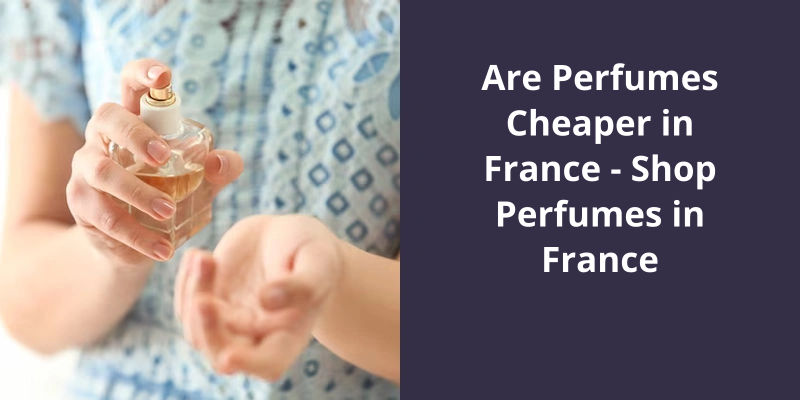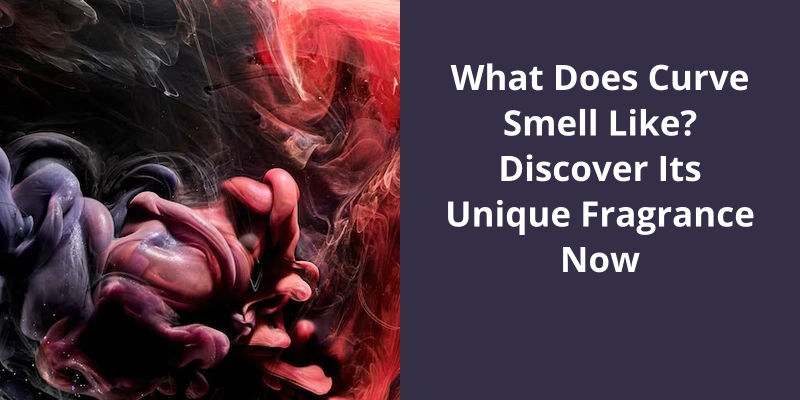The IFRA Essential Oil Safety Calculator is an online tool used to ensure the safe usage of essential oils. It’s designed following guidelines from the International Fragrance Association (IFRA), which is responsible for setting safety standards for fragrance materials. This calculator is important for those who make homemade cosmetics or aromatherapy blends, as it helps prevent the overuse of oils which could cause skin irritation or other adverse effects. By entering the specific oil and the product it’s being used in, the calculator gives a safe usage rate, providing a safe way to enjoy the benefits of essential oils.
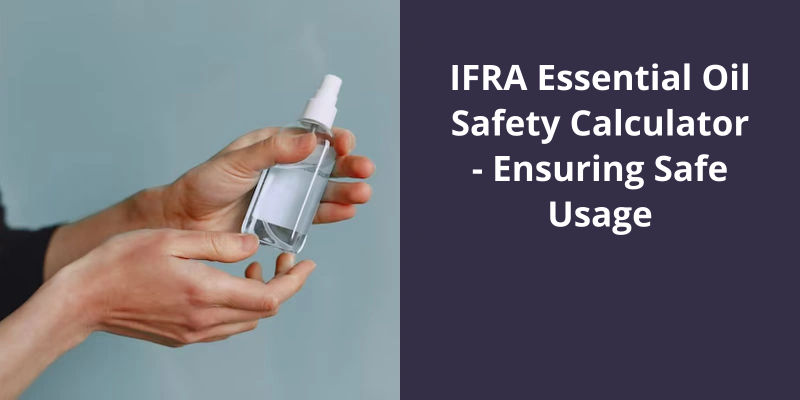
How Much Essential Oil to Add to 8oz?
When it comes to using essential oils, it’s important to know the appropriate amount to use in order to avoid any adverse reactions. One common question people have is how much essential oil to add to 8oz of a carrier oil or other product. Fortunately, there’s a dilution chart that can be used as a guideline.
The dilution chart shows the amount of essential oil to use based on the percentage of dilution desired. For example, a 0.5% dilution would be appropriate for children, elderly people, or those with sensitive skin. A 1% dilution is suitable for daily use and a 3% dilution can be used for short-term use for specific issues.
When using an 8oz product, the dilution chart recommends adding 9 drops of essential oil for a 0.5% dilution and 18 drops for a 1% dilution. For a 3% dilution, 42 drops would be appropriate. It’s important to note that the amount of drops can vary depending on the viscosity of the oil and the product being used.
Some oils are more potent than others and require a lower dilution rate. For example, peppermint and wintergreen oils should only be used in a 0.5% dilution due to their high menthol content.
It’s also important to note that essential oils shouldn’t be used undiluted on the skin as this can cause irritation and potential sensitization. Always dilute your essential oils appropriately, and perform a patch test on a small area of skin before use.
By using the dilution chart as a guideline and considering the specific oil being used, you can create a blend that’s tailored to your needs without risking any adverse reactions.
Carrier Oils That Work Well for Diluting Essential Oils
- Sweet Almond Oil
- Jojoba Oil
- Grapeseed Oil
- Avocado Oil
- Coconut Oil
- Apricot Kernel Oil
- Hazelnut Oil
- Tamanu Oil
- Argan Oil
- Rosehip Oil
It’s important to ensure that the essential oils you use are of high quality and completely pure. There are a few ways you can check if your essential oil is 100% pure, and one of the most important is to read the label. The label should clearly state that the oil is 100 percent pure essential oil, and should list the net contents in metric measurement. Keep reading for more tips on how to determine the purity of your essential oils.
How Do I Know if My Essential Oil Is 100%?
When purchasing essential oils, it’s important to be aware that not all oils are created equal. In fact, there are many synthetic and adulterated oils on the market that contain harmful chemicals and additives. So how can you be sure if the essential oil you’re purchasing is 100 percent pure?
First and foremost, always take the time to read the label before purchasing an essential oil. The label should clearly state the botanical name of the plant from which the oil was extracted. For example, if purchasing lavender essential oil, the label should indicate “Lavandula angustifolia” or another specific species of lavender. This ensures that you’re getting an authentic and pure essential oil.
In addition to the botanical name, the label should specify that the oil is “100 percent pure essential oil”. This indicates that the oil isn’t diluted with carrier oils or other additives. It’s important to note that the term “natural” or “organic” doesn’t necessarily equate to purity.
Furthermore, the label should list the net contents, including metric measurement. This ensures that you’re getting the correct amount of oil and not paying for excess packaging or filler. It’s also helpful to note the country of origin, as some plants may yield better quality oils from certain regions.
Another way to verify purity is to check for third-party certifications, such as the International Organization for Standardization (ISO) or the Association for International Aromatherapy (AIA). These organizations set forth standards and guidelines for essential oil production and ensure that oils meet certain purity and quality standards.
Lastly, it’s always a good idea to do your research and purchase from reputable sources. Seek out companies that have a history of producing high-quality, pure essential oils and have positive customer reviews.
Now that we’ve established what IFRA is, let’s delve deeper into what IFRA essential oils are and their importance in the fragrance industry.
What Is IFRA Essential Oils?
IFRA essential oils are essential oils that conform to the safety standards published by the International Fragrance Association. These standards are designed to ensure that fragrance materials are safe for use in body-care products. Essential oils are complex mixtures of volatile compounds that are extracted from plants. They’re used in a wide range of products, including perfumes, cosmetics, and soaps.
The IFRA standards are based on a rigorous scientific program that includes safety assessments, toxicological evaluations, and exposure levels. These standards are updated regularly to reflect new scientific information and changes in global regulations. They cover a wide range of fragrance materials, including essential oils, synthetic fragrances, and natural extracts.
These oils have been rigorously tested to ensure that they’re safe for use in the concentrations and applications recommended by IFRA. This helps minimize the risk of skin irritation, allergic reactions, and other adverse effects.
They’re often used as fragrances or for their therapeutic properties. For example, lavender essential oil is often used for it’s calming and relaxing effects, while tea tree oil is used for it’s antibacterial and antifungal properties.
These oils are used in a wide range of body-care products and offer both fragrance and therapeutic benefits.
The Importance of Dilution and Proper Use of Essential Oils in Body-Care Products
Essential oils are concentrated plant extracts that can have potential health benefits. However, they’re highly potent and should be diluted properly before use in body-care products. Using essential oils in their pure form can result in skin irritation or even toxic effects. Dilution helps to reduce the concentration of the oil, making it safe for topical use. Therefore, it’s important to follow proper dilution guidelines and consult with a qualified practitioner before using essential oils in body-care products.
Source: Understanding IFRA Guidelines for Essential Oil Use in Soap
As part of the IFRA Standards, diffusers are categorized and regulated for safe usage. One such category for diffusers is 10A, which has recently been updated with stricter guidelines for fragrance material use.
What Category Is a Diffuser in IFRA?
The International Fragrance Association, commonly known as IFRA, is a global organization that seeks to ensure the safe and responsible use of fragrances. Each fragrance type is categorized according to it’s potential to cause skin irritation, sensitization, or other adverse reactions.
One common product that falls under the IFRA guidelines is the reed diffuser. Reed diffusers are a popular way to add fragrance to a room, and they consist of a bottle of fragrance oil and a set of reed sticks. As of IFRA Standards version 49, reed diffusers fall under Category 10A, which is the category for products that are applied directly to the skin, like lotions and perfumes.
Category 10A is known for having very strict usage guidelines, as the potential for allergic reactions is higher for these types of products. For reed diffusers specifically, the maximum usage level for fragrance oils is only 7%. This is significantly lower than the previous maximum allowed level, which was 25%. Additionally, only certain fragrance materials are allowed in Category 10A products, and they must be used at levels that have been deemed safe by IFRA.
To ensure compliance with IFRA Standards, manufacturers of reed diffusers must obtain an IFRA Certificate that outlines the specific fragrance materials used and their maximum allowed concentrations. This certificate must be displayed on the product packaging or made available to customers upon request.
Now that we’ve established the appropriate usage rate for essential oils, it’s important to understand how to properly measure and add them to your products. Keep in mind that using excessive amounts of essential oils can’t only be costly, but it can also pose potential health risks and affect the overall quality of your final product. In the next section, we’ll explore some tips and techniques for measuring and incorporating essential oils into your recipes.
What Is the Usage Rate for Essential Oils?
Essential oils have become increasingly popular in recent years due to their therapeutic benefits and versatility. They’re highly concentrated plant extracts that are derived from the flowers, leaves, stems, or roots of various plants.
Although essential oils are natural and generally safe when used properly, it’s important to follow certain guidelines in order to avoid any potential negative effects. One of the most important things to keep in mind when using essential oils is the usage rate. This refers to the amount of essential oil that you should use in relation to the total amount of carrier oil (such as sweet almond oil or jojoba oil) or other ingredients.
However, a general guideline is to use no more than 0.8 ounce to 1 ounce of essential oil per pound of carrier oil or other ingredients. This translates to 5% to 6.25% of the total weight of the oils.
Using too much essential oil can lead to skin irritation or other adverse reactions, as well as diminishing the overall quality and efficacy of the product. It’s therefore important to measure your essential oils carefully and follow recipes and usage guidelines closely.
Another factor to consider when using essential oils is their potency and strength. Some oils are highly concentrated and powerful, while others are more mild and gentle. It’s important to understand the properties of each oil and to use them accordingly.
By following recommended guidelines and being mindful of the potency and properties of each oil, you can safely and effectively incorporate these powerful natural remedies into your daily life.
Different Ways to Use Essential Oils (Diffusing, Topical Application, Ingestion)
There are various ways to use essential oils, including diffusing, applying them topically, and ingesting them. Diffusing essential oils involves dispersing them into the air through a diffuser, while topical application involves applying them directly to the skin. Ingesting essential oils involves adding them to food or drinks or taking them in a capsule form. Each method has it’s own benefits and risks, so it’s important to research and consult with a professional to determine the best use for you.
Conclusion
It utilizes robust scientific data to calculate the maximum safe amount of an essential oil that can be used in a product, and it also takes into account various factors that could affect it’s efficacy and safety. By utilizing this calculator, users can avoid potentially negative side effects and instead enjoy the many benefits of essential oils with confidence.


